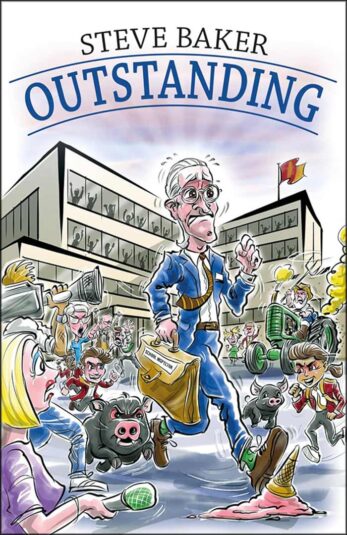Publisher
Routledge
ISBN 10
Whatever your thoughts on the value of meta-analysis, or views on the finer points of effect sizes, it is widely accepted that feedback can be a powerful tool in a teacher’s pedagogical repertoire. Yet research would suggest as much as a third of feedback can have a negative impact on progress, and much of the rest makes little difference.
So, what makes feedback powerful? And why is it so variable? Two big questions.
When a heavyweight of the educational landscape such as Hattie writes a new book addressing those questions, you take notice. John Hattie, writing with Shirley Clarke, whom I confess I had not heard of but who has quite the formative assessment CV, aim to combine a summary of the theory and research, with case studies and practical application to provide greater clarity around effective feedback.
The book has just five chapters to structure its 170-plus pages, and the first of those is barely six pages long. It starts by framing the problem above, then discusses the need for a “feedback culture”. Next it considers teaching and learning frameworks, then in-lesson verbal feedback, and finally post-lesson feedback. Each chapter begins with a review of the literature and discusses a wide range of research sources, mostly organised thematically. They then become more practical, weaving in some examples and case studies, before summarising key points.
Its meandering style, with multiple detailed and long lists of bullet points, themes that vary in their connectivity, and density of information make it quite hard to read. The chapters are long, with so many threads that each needs reading several times before you are able to start to construct any meaningful schema.
There is lots to commend this book, it just isn’t a coherent journey
That said, the density and range of references that Hattie and Clarke draw on throughout the book is impressive. If you invest the time (and probably a highlighter, notebook and pen) this could be a valuable resource in developing a greater understanding of the nuance of effective feedback. The case studies are varied and while some feel a little twee, others are interesting and insightful. It pays no heed to debates around knowledge versus skills, or teachers as experts or facilitators. It touches on cognitive load theory, growth mindset, knowledge curricula, inquiry and discovery approaches, building learning power… the list goes on.
Which brings me to my biggest issue with the book. I am not sure what it wants to be, or who it is aimed at. I’ve tried to imagine who would gain the most by reading it, or who would enjoy its style and structure. And I’m just not sure. Its structure makes it really hard to dip into or use as a reference book. But its writing style makes it hard to settle in for a long read. It’s not practical or clear and concise enough to be a good introduction to the underpinning theory, yet it doesn’t go deep enough into any themes or ideas to really get someone with a greater degree of expertise to think again about their practice.
If you were considering reworking your school feedback and marking policy, there is a great section near the end considering the whole school. If you are interested in a culture where feedback is given and received positively, actively sought and engaged with, the culture chapter has lots of food for thought. There is lots to commend this book, it just isn’t a coherent journey, or easy to dip into.
Perhaps this book is ultimately reflective of a complex and nuanced topic. Perhaps there is no simple answer to the questions, what makes feedback powerful and why is it so variable? We know in education there are no silver bullets. This book will certainly be added to my shelf, the references have left me with further reading I now want to do, and next time I deliver training on feedback some of the considerations in here may well feature.













Your thoughts